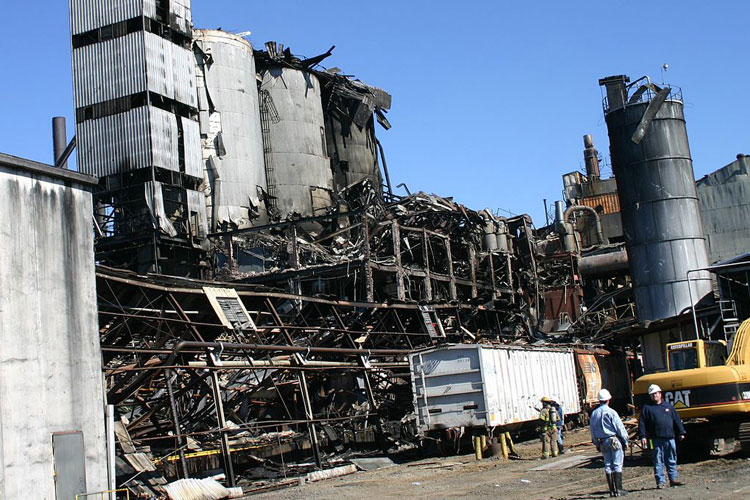Combustible dust is a real danger for a significant number of industries. Workers, however, can reduce burn injuries with the use of flame-resistant (FR) clothing. The Personal Protective Equipment makers are the experts on how to use PPE. Their representatives serve on NFPA, ASTM and ANSI committees and much of the testing and development of PPE is conducted by manufacturers.
Fire Resistant clothing must be certified for protection against flash fire. The following are the top 5 industries that face the greatest threat of combustible dust explosions and fires.
Food Production – many agricultural products such as egg whites, powdered milk, grains and sugar carry a combustible dust explosion risk under the right conditions. Workers in the agricultural industry should know the risks of handling, transporting and storing these products.
Synthetic Manufacturing – common materials in this industry include plastics, rubber, and other artificial substances. These products create combustible dust clouds that can cause a fire or explosion.
Woodworking – the woodworking process combines cutting, grinding, sanding and polishing and this creates a huge amount of sawdust. This material is highly combustible.
Metal Processing – dust from magnesium, aluminum, zinc, and chromium is combustible and the metal processes produce heat and sparks.
Recycling Facilities – these facilities handle different types of materials that need sorting, handling, processing and transporting. All these processes increase the risk of an explosion caused by combustible dust.
To cut the risk of combustible dust explosion, workplaces should always be kept clean by carrying out regular inspections and make sure that workers wear PPE at all times.













